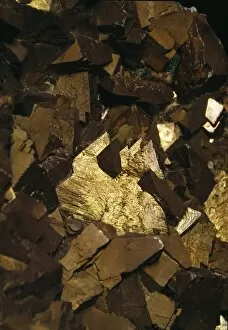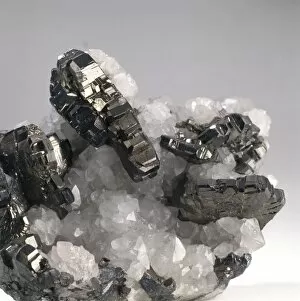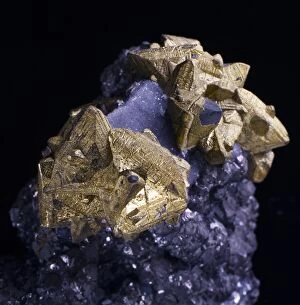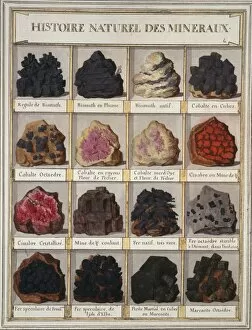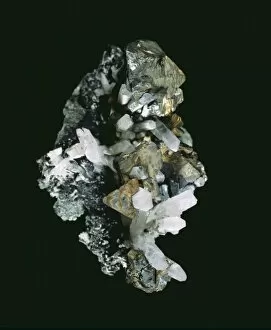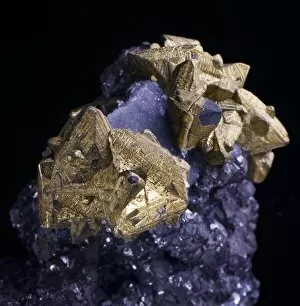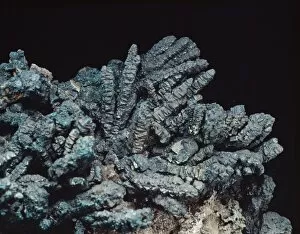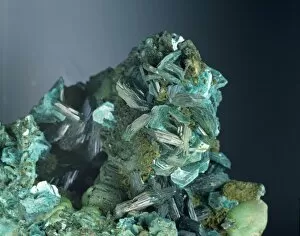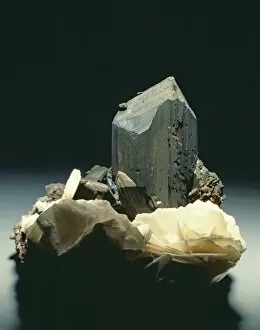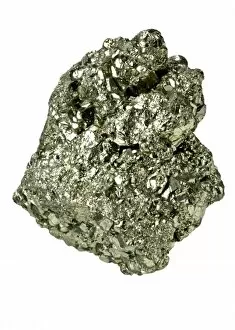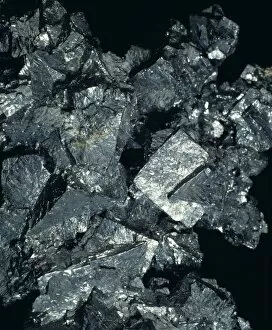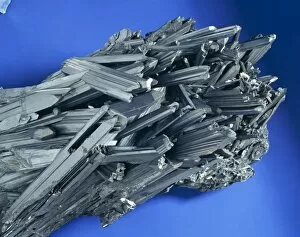Sulphide Mineral Collection
Sulphide minerals, such as Cinnabar, Niccolite, Sperrylite, Galena C016 / 6087, Arsenopyrite crystals C016 / 6080 and C016 / 6081, Bournonite C016 / 5699
All Professionally Made to Order for Quick Shipping
Sulphide minerals, such as Cinnabar, Niccolite, Sperrylite, Galena C016 / 6087, Arsenopyrite crystals C016 / 6080 and C016 / 6081, Bournonite C016 / 5699, Chalcocite crystals C016 / 5658, Tetrahedrite C016 / 5654 and C016 / 5655, as well as Pyrite C016 / 5650 and C016/5651 are fascinating specimens that showcase the beauty of nature's geological formations. These minerals are composed primarily of sulphur combined with various metallic elements. Cinnabar is a vibrant red mineral known for its mercury content. Its striking color makes it highly sought after by collectors and artists alike. Niccolite exhibits a unique copper-nickel blend that gives it a distinct silver-white appearance. Meanwhile, Sperrylite stands out with its platinum arsenide composition which contributes to its rarity in the mineral world. Galena is an important lead ore that has been used throughout history for various purposes including cosmetics and even ammunition manufacturing. The mesmerizing Arsenopyrite crystals exhibit intricate formations under close inspection while Bournonite showcases complex twinning patterns. Chalcocite crystals display stunning dark grey or black hues due to their high copper content. Tetrahedrite is recognized for its tetrahedral crystal structure along with its silver-gray coloration. Lastly but not leastly Pyrite shines bright with golden metallic luster resembling fool's gold. These sulphide minerals offer more than just aesthetic appeal; they also play significant roles in our understanding of Earth's geology and mining industry. Their diverse compositions provide valuable insights into the formation processes within our planet's crust. Whether admired for their visual allure or studied for scientific purposes, these sulphide minerals continue to captivate enthusiasts worldwide with their remarkable characteristics and contributions to the world of geology.






